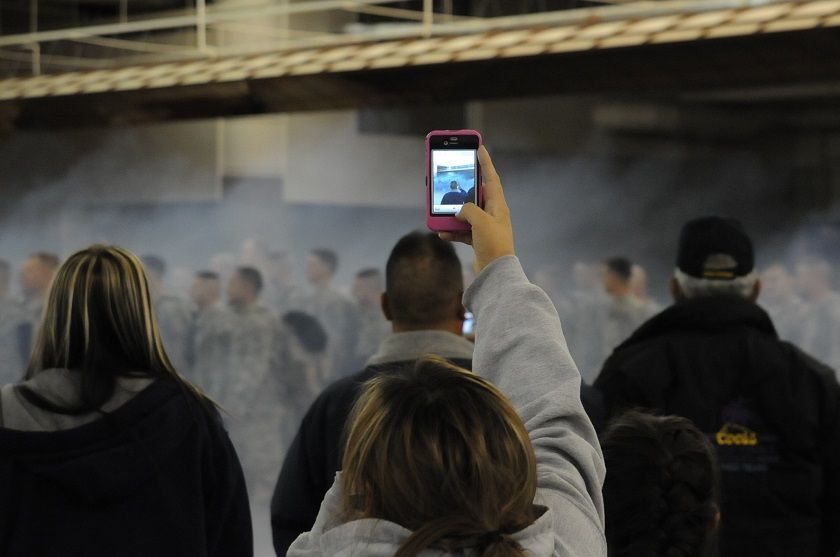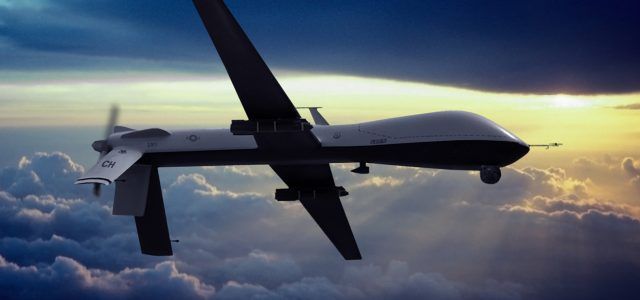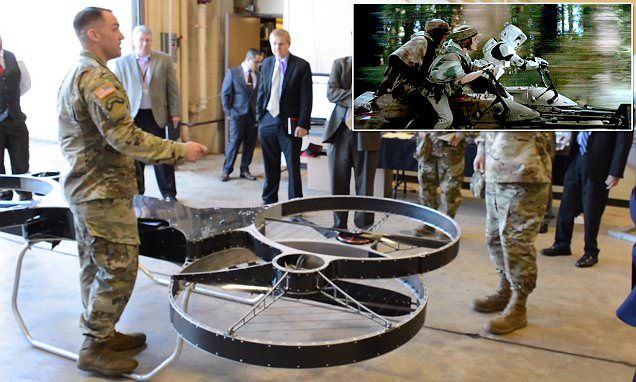“The vast majority of space technology being developed is dual-use, and so serves Chinese security interests as well,” says Johnson-Freese, an expert on the Chinese space program and a professor at the US Naval War College. “China understands the military advantages reaped by US space capabilities for many years, and wants those same capabilities”.
Category: military
To defend against military lasers, Adsys Controls of Irvine, California, has created Helios, which can be carried on drones. To do much damage, an offensive laser needs to remain focused on its target for several seconds. Helios stops a laser from doing this by disrupting the systems controlling the beam – the Achilles’ heel for all such weapons. “Beam control is a critical function of high-energy lasers,” says Adsys CEO Brian Goldberg.
Helios can detect an incoming laser beam and identify its key characteristics, such as power, wavelength, pulse frequency and its source. Helios then interferes with the beam control – possibly by firing back a low-power laser of its own – so the attacking laser cannot fix on the target. “It provides permanent protection,” says Goldberg. “It’s not just buying time.”
He will not say exactly how the interference is done, but it may involve fooling the control system into thinking it is hitting its target despite the laser actually pointing a few metres to the side. A direct hit would have produced a big burst of reflected light, so a pulse sent back by an anti-laser laser could make it look like the original laser was on target.
Steve Jobs didn’t create that — US Military did.
Just about all of the underlying technology in the iPhone can be traced back to military research projects.
For those anxiously awaiting the release of Apple’s iPhone 7, they might be interested to know that the software company isn’t entirely responsible for the underlying technology behind their newest smartphone. Or for that matter, the technology behind many of their products, from iPhones, to iPads, and iPods.
Many of the breakthroughs behind Apple’s iconic suite of handheld smart devices are actually due to Department of Defense research, according to an article by Rana Foroohar in Time Magazine on the findings of economist Mariana Mazzucato.
Now this, this will accelerate AI autonomous capabilities. However, still should be done with a QC secured infrastructure.
WASHINGTON — The Pentagon’s research agency has a new challenge for scientists: make wireless radios with artificial intelligence that can figure out the most effective, efficient way to use the radio frequency spectrum, and win a pile of cash.
Winners of the Defense Advanced Research Projects Agency’s (DARPA) Spectrum Collaboration Challenge (SC2) could take home up to $3.5 million, but to do that, teams will have to demonstrate new technologies that represent a “paradigm shift” with both military and commercial applications, said Paul Tilghman, a DARPA program manager who is leading the challenge.
“The real crux of the problem is — when you look at users of the spectrum, whether they are commercial users of the spectrum, whether they’re consumers or they’re the military — the thing that is ubiquitously true is we all are placing more and more and more demand on the spectrum, and all of that demand is really adding up.
Advanced warfare platforms are increasingly using unused spectrum, now the Pentagon needs a system to cripple it
The US military is cultivating new electronic warfare technologies that, in real time, use artificial intelligence to learn how to jam enemy systems that are using never-before-seen frequencies and waveforms.
Although this “cognitive electronic warfare” is still in its nascent stages of development, scientists developing these systems told Defense News the technology could appear on the battlefield within the next decade.
http://www.unz.com/akarlin/sinotriumph/
Nothing illustrates China’s meteoric rise as some well chosen numbers.
By the end of the 1990s, China had come to dominate the mainstays of geopolitical power in the 20th century – coal and steel production. As a consequence, it leapt to the top of the Compositive Index of National Capability, which uses military expenditure, military personnel, energy consumption, iron and steel production, urban population, and total population as a proxy of national power. Still, one could legitimately argue that all of these factors are hardly relevant today. While Germany’s fourfold preponderance in steel production over Russia may have been a critical number in 1914, China’s eightfold advantage in steel production over the US by 2014 is all but meaningless in any relevant comparison of national power. The world has moved on.
Additional insights on QSS planned efforts; and (as with any government program) there is more to this program than these insights.
While China’s quantum science satellite (QSS) project is part of the Strategic Priority Programme on Space Science, the country’s first space exploration programme intended purely for scientific research, its experiments have significant military implications.
By Michael Raska
On August 16, 2016 China launched the world’s first quantum communications experiment satellite into orbit from the Jiuquan Satellite Launch Centre in the Gobi Desert. The small satellite, recently named Micius after an ancient Chinese philosopher, is tasked to establish a hack-proof communication line – a quantum key distribution network, while performing a series of quantum entanglement experiments in space for the first time.
Engineers showed laboratory research into the ‘hoverbike,’ a rectangular shaped quadcopter that has since been named the Joint Tactical Aerial Resupply Vehicle, or JTARV.
‘Anywhere on the battlefield, Soldiers can potentially get resupplied in less than 30 minutes,’ said Army researcher Tim Vong.
‘We’re working with users in the joint community to look at this concept.









